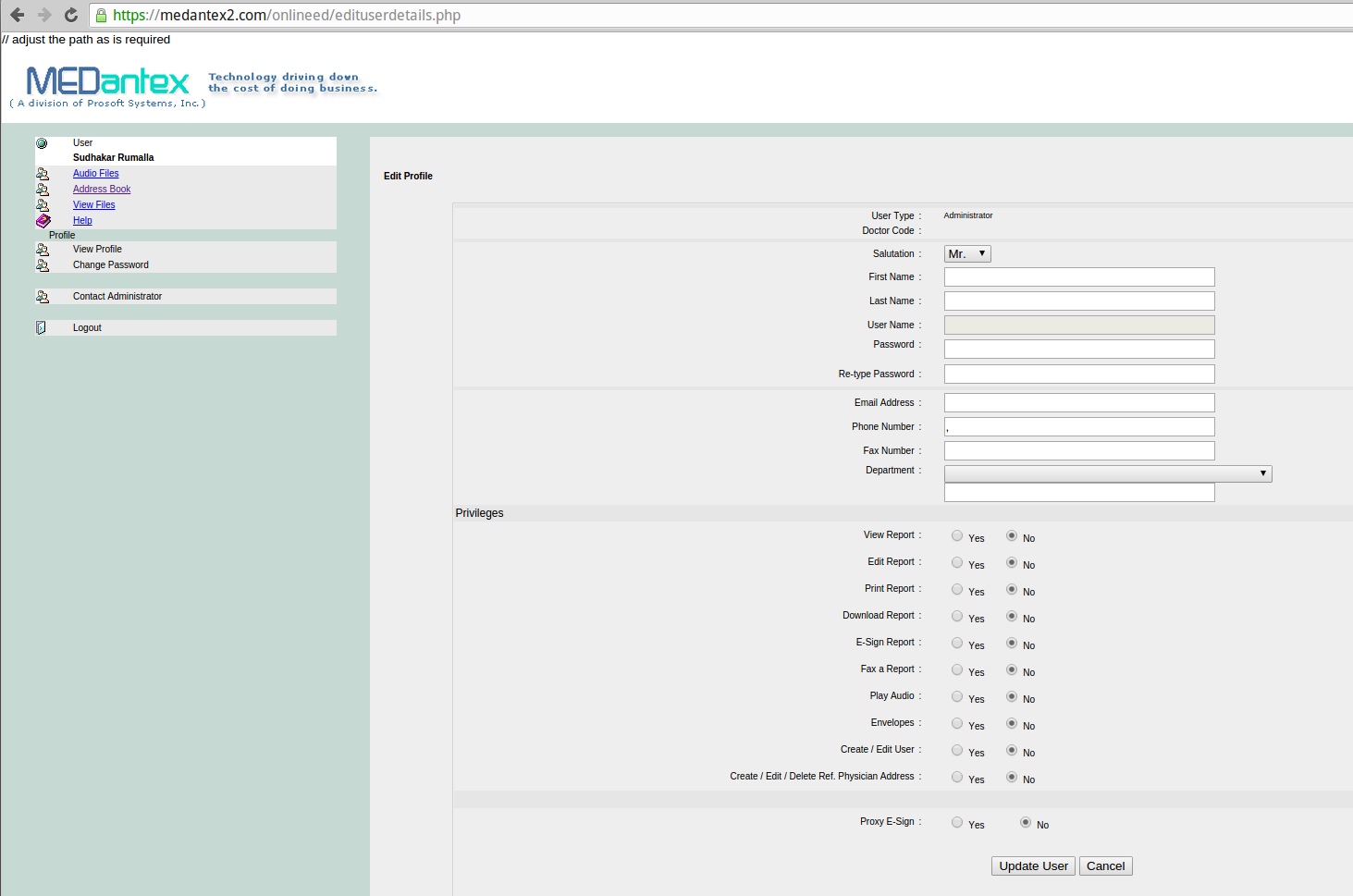Mingis on Tech: The lowdown on Android security

Google's Android OS sometimes gets unfairly maligned as being weak on security. Computerworld blogger JR Raphael explains why that's a misconception and how users can keep their devices safe.
RSS Reader for Computer Security Articles

Google's Android OS sometimes gets unfairly maligned as being weak on security. Computerworld blogger JR Raphael explains why that's a misconception and how users can keep their devices safe.

Credit to Author: Gregg Keizer| Date: Tue, 24 Apr 2018 02:58:00 -0700
Reports of tech support scams jumped by 24% last year, Microsoft said, with loses by the bilked averaging between $200 and $400 each.
“Scammers continue to capitalize on the proven effectiveness of social engineering to perpetrate tech support scams,” Erik Wahlstrom, Windows Defender research project manager, wrote in a post last week to a Microsoft blog. “These scams are designed to trick users into believing their devices are compromised or broken. They do this to scare or coerce victims into purchasing unnecessary support services.”

Credit to Author: BrianKrebs| Date: Mon, 23 Apr 2018 21:18:33 +0000
MEDantex, a Kansas-based company that provides medical transcription services for hospitals, clinics and private physicians, took down its customer Web portal last week after being notified by KrebsOnSecurity that it was leaking sensitive patient medical records — apparently for thousands of physicians.
Read MoreCredit to Author: Malwarebytes Labs| Date: Mon, 23 Apr 2018 16:06:58 +0000
 | |
| A roundup of security news from April 16 – April 22, including tax fraud, Adobe Flash, trustjacking, and surveillanceware. Categories: Tags: a week in securityadobe flashcryptocurrencycryptomininggandcrab ransomwarerecapretail industryrussianstresspaintsurveillancewaretax fraudtrustjackingweekly blog roundup |
The post A week in security (April 16 – April 22) appeared first on Malwarebytes Labs.
Read More
Credit to Author: Gregg Keizer| Date: Mon, 23 Apr 2018 05:02:00 -0700
Microsoft has ceded a major asset of its Edge browser to rival Google by releasing an add-on that boosts Chrome’s phishing detection skills.
The Redmond, Wash. company had little choice, according to one analyst. “Phishing is a huge problem, and people are going to use the browser they use,” said Michael Cherry of Directions on Microsoft. “They’re doing this to protect the Windows ecosystem.”
Dubbed “Windows Defender Browser Protection” (WDBP) the free extension can be added to Chrome on Windows or macOS, and after a post-launch fix, Chrome OS as well. Like the defenses built into Edge, the add-on relies on Microsoft’s SmartScreen technology that warns users of potentially malicious websites that may try to download malware to the machine or of sites linked in email messages that lead to known phishing URLs.

Credit to Author: Barbara Hudson| Date: Mon, 23 Apr 2018 09:56:15 +0000
Good things come in small packages<img src=”http://feeds.feedburner.com/~r/sophos/dgdY/~4/pYmTiiVYFpI” height=”1″ width=”1″ alt=””/>
Read MoreCredit to Author: Malwarebytes Labs| Date: Mon, 16 Apr 2018 15:05:00 +0000
 | |
| A roundup of the security news from April 09 – April 16, including fake updates, safe messaging, and Facebook spammers. And our quarterly CTNT report is out. Categories: Tags: encryptionfacebookFakeUpdatesMalwarebytessafe messagingsecurityspammersweekly blog roundup |
The post A week in security (April 09 – April 15) appeared first on Malwarebytes Labs.
Read MoreCredit to Author: Quick Heal Security Labs| Date: Mon, 23 Apr 2018 05:32:44 +0000
Security vulnerabilities are increasing and just not so long before, we had to deal with so many of them. Remember WannaCry? In this post, we will discuss some important case in points with respect to security vulnerabilities and how important are security patches and updates. The WannaCry scare The biggest…
Read More